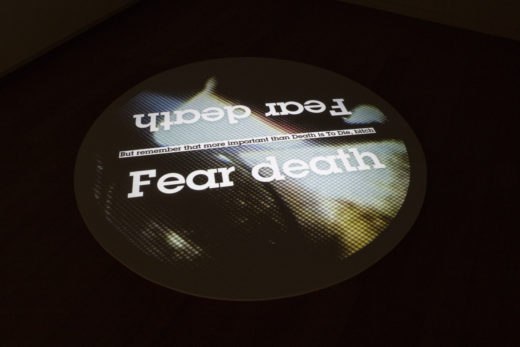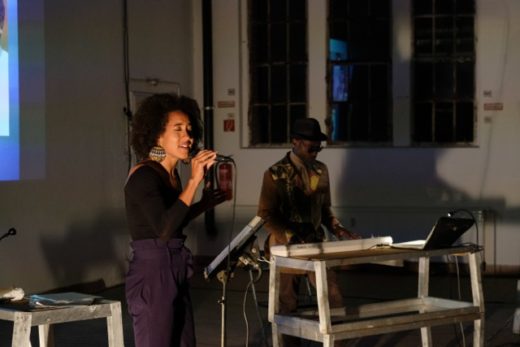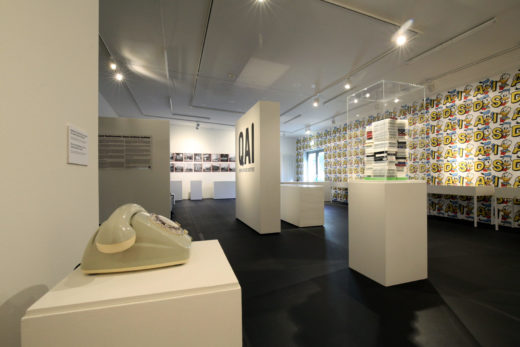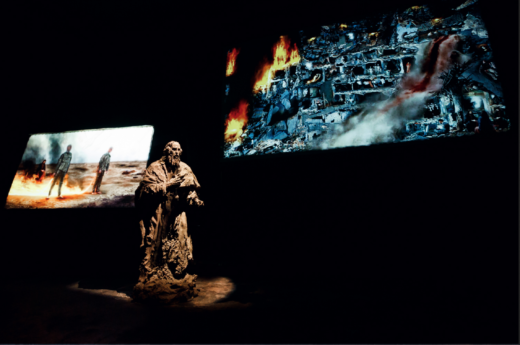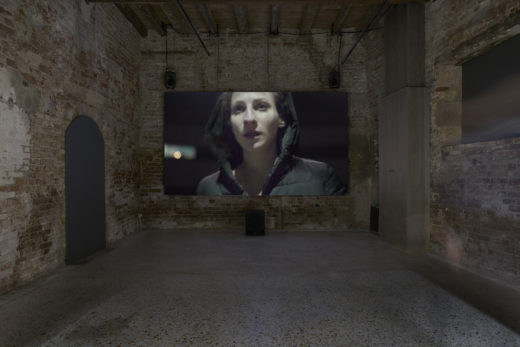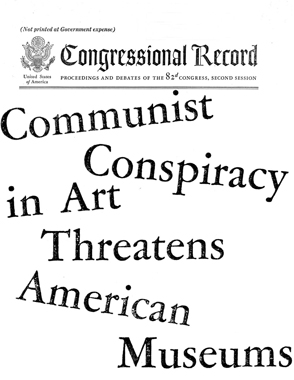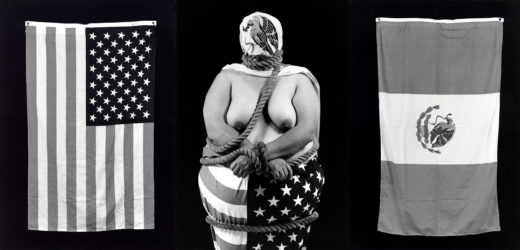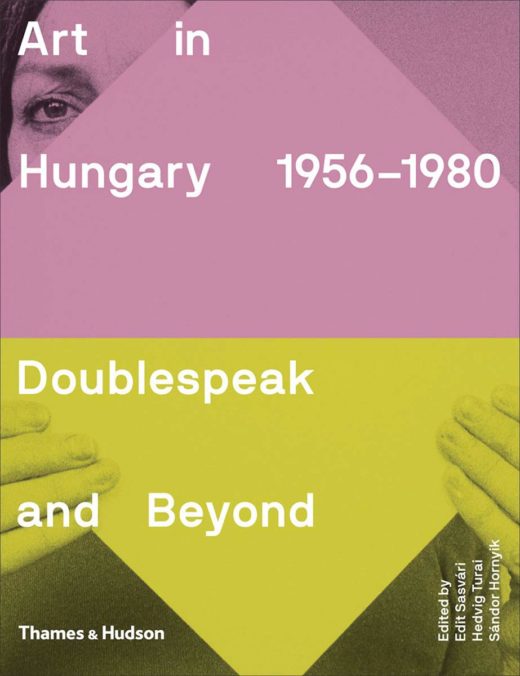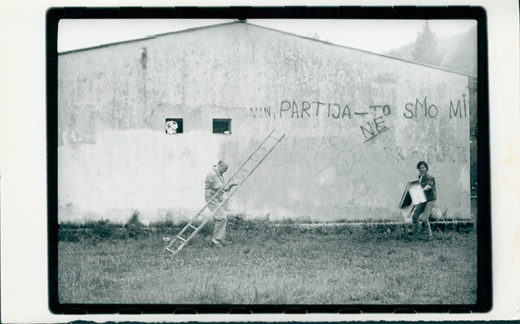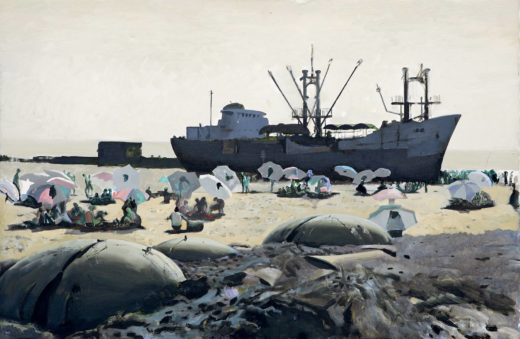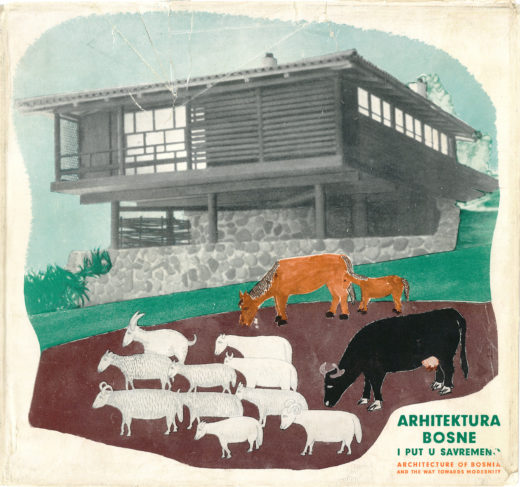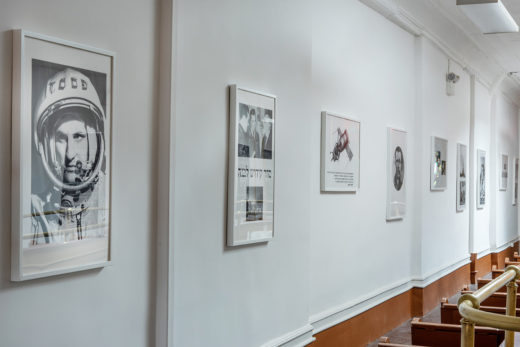After the End: Timing Socialism in Contemporary African Art at Wallach Art Gallery
After the End: Timing Socialism in Contemporary African Art, Wallach Art Gallery, Columbia University, New York City, June 15 – October 6, 2019
Philosopher and Columbia University faculty member Souleymane Bachir Diagne’s 2013 book The Ink of the Scholars: Reflections on Philosophy in Africa situates the afterlife of socialism in sub-Saharan Africa after the fall of the Soviet Union in 1989 in terms of “a search for itself.”(Souleymane Bachir Diagne, The Ink of the Scholars: Reflections on Philosophy in Africa. Dakar : CODESRIA, Council for the Development of Social Science Research in Africa, 2016.)
Taking Diagne’s framing … Read more

